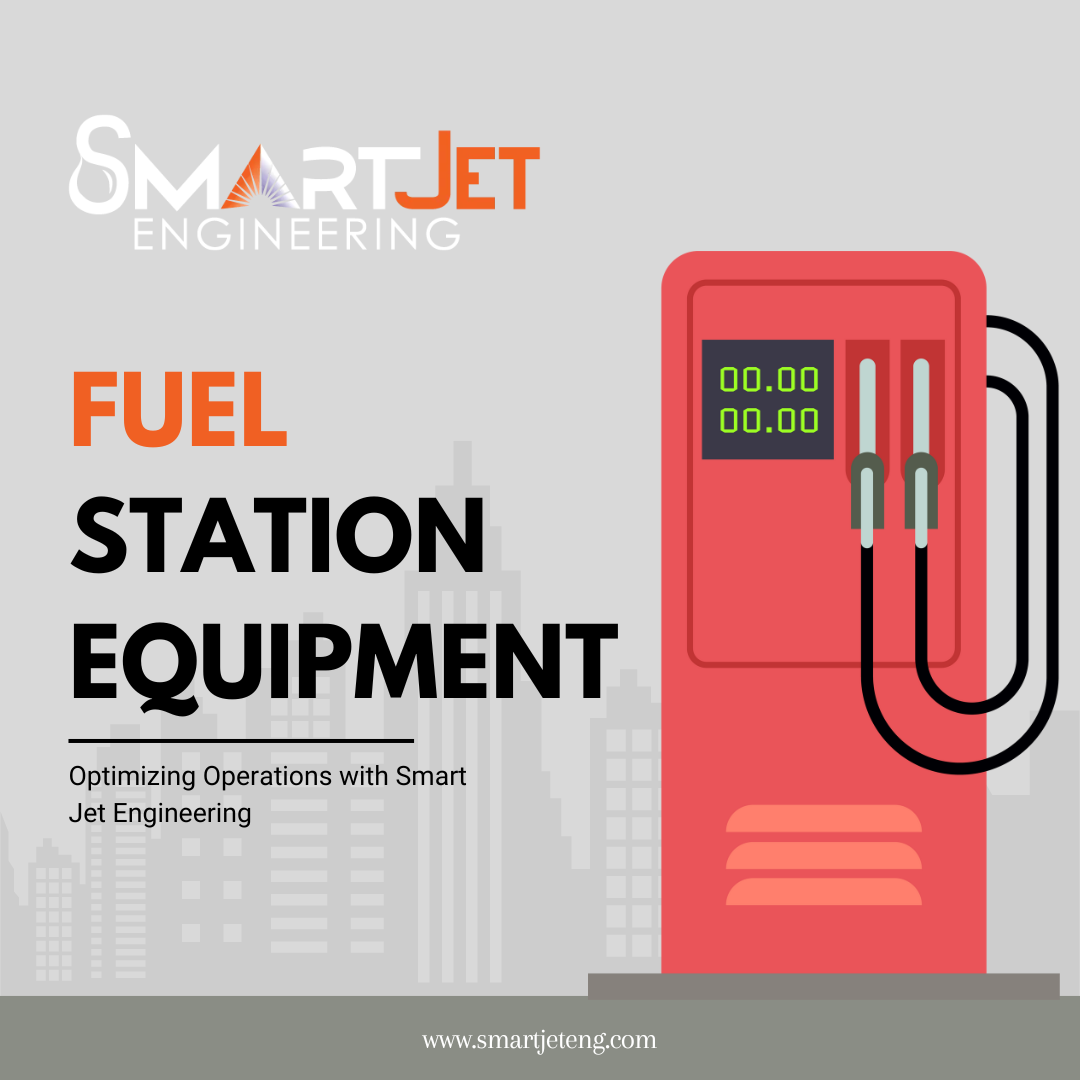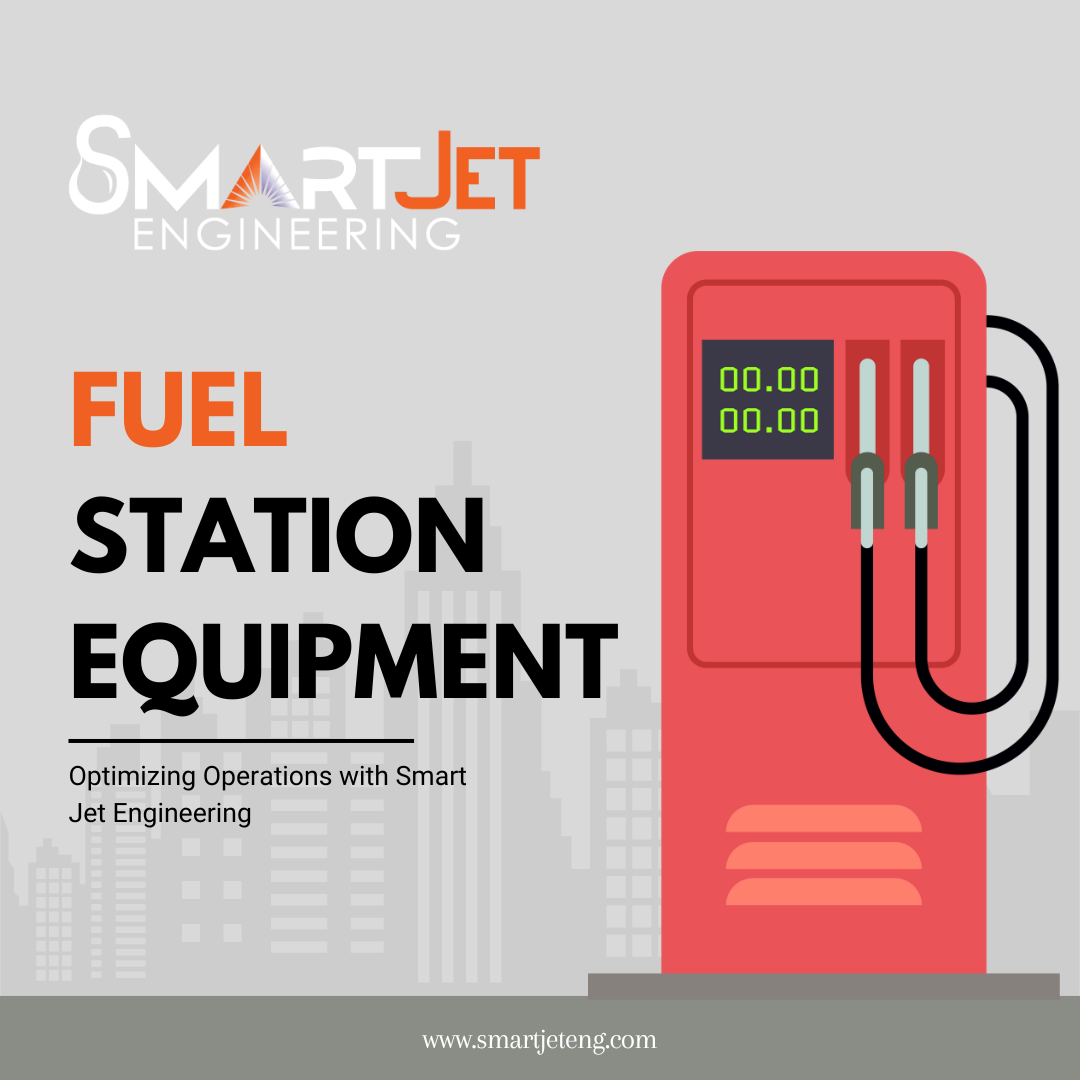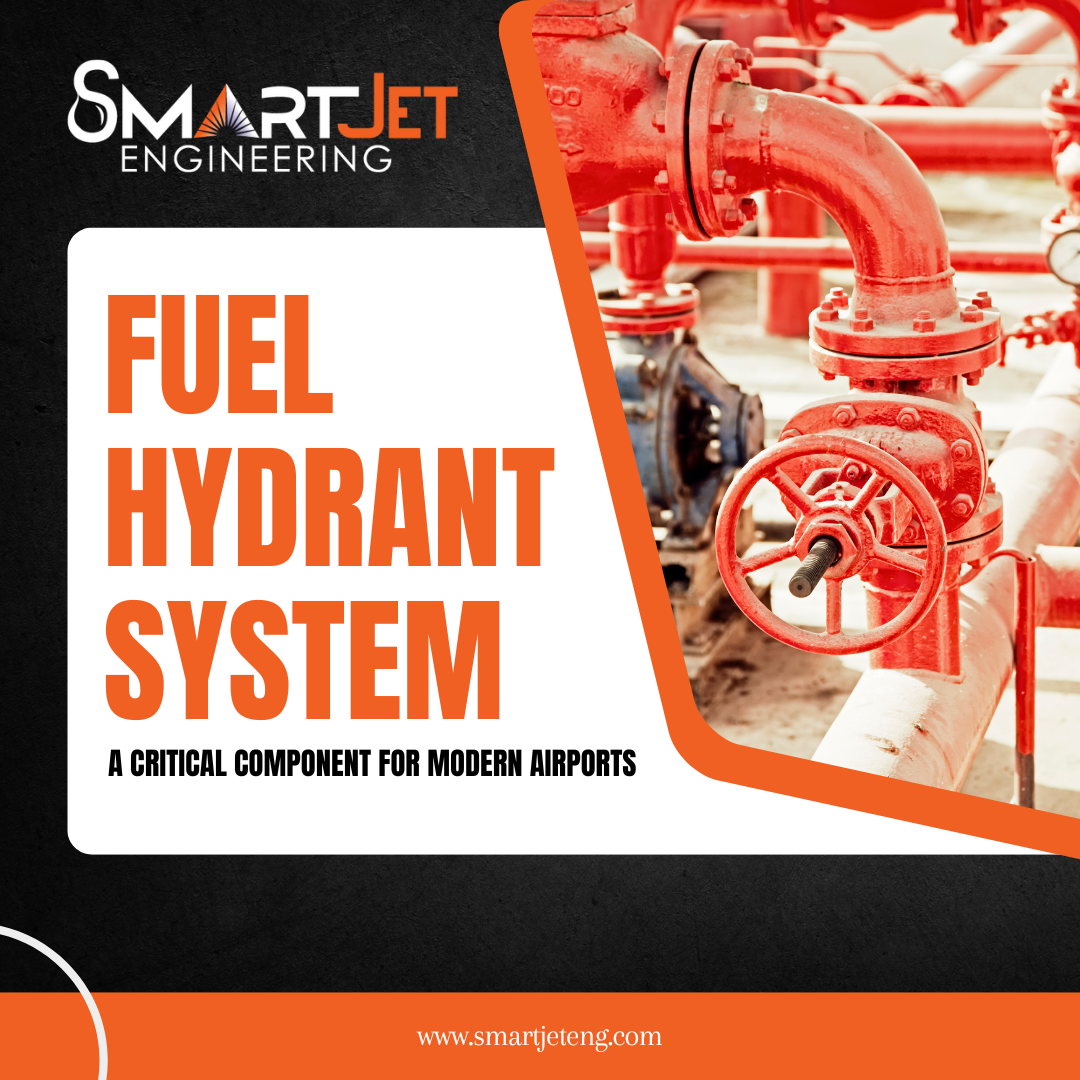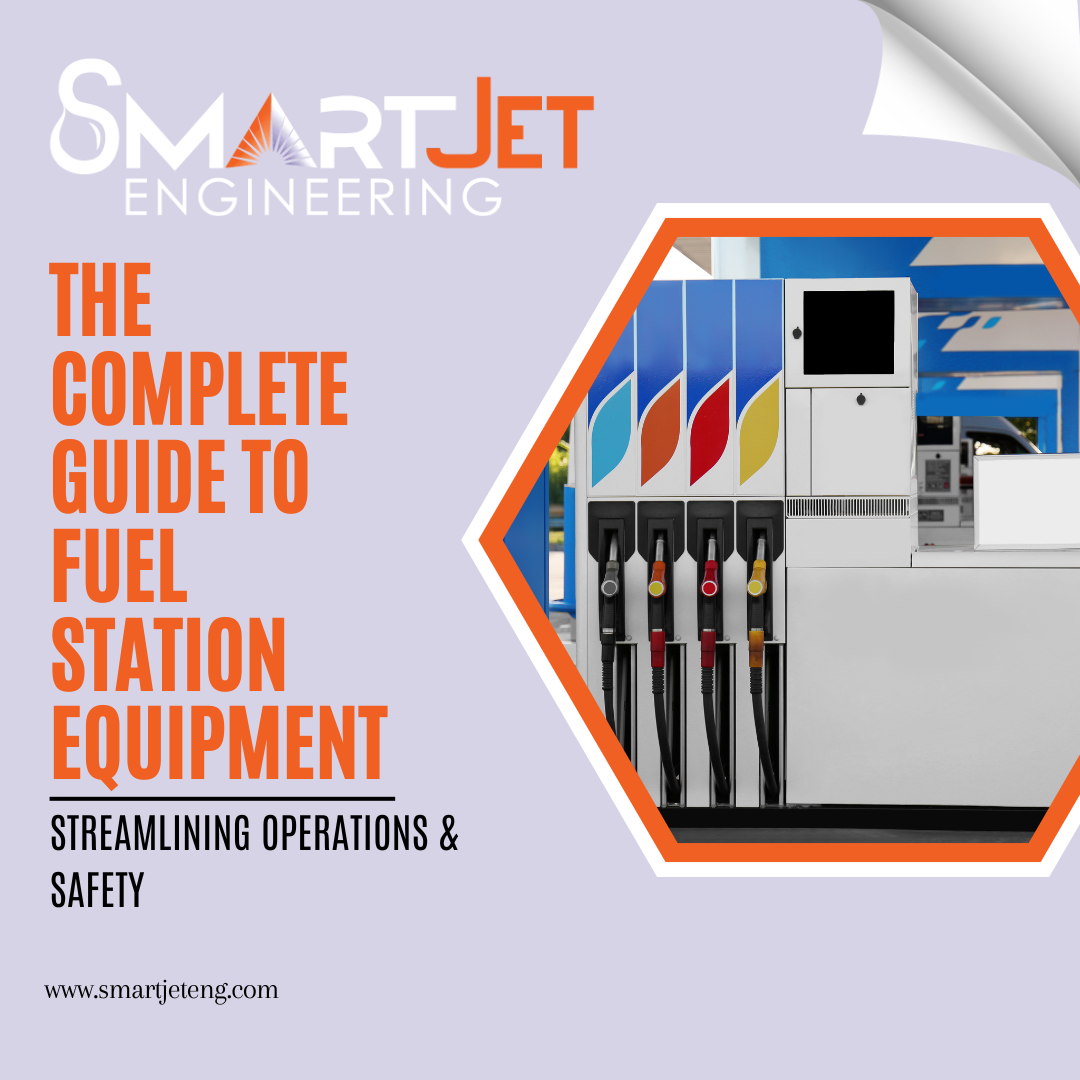Fuel Storage Tank
By - Admin

Fuel Storage Tank: Everything You Need to Know
Fuel storage tanks are a critical component in many industries, providing safe and efficient storage of liquid fuels like gasoline, diesel, jet fuel, and other petroleum products. Whether you're in the agricultural, industrial, or transportation sector, a reliable fuel storage system is essential for ensuring smooth operations, regulatory compliance, and environmental protection.
This guide will explore the types of fuel storage tanks available, their uses, maintenance needs, and key considerations when choosing the right tank for your requirements.
What is a Fuel Storage Tank?
A fuel storage tank is a container used to store petroleum products or other fuels for commercial, industrial, or residential use. These tanks come in various sizes, materials, and configurations and can store fuels like diesel, gasoline, biodiesel, kerosene, and even alternative fuels like ethanol.
Fuel storage tanks are essential for industries that require a constant supply of fuel on-site, as they allow businesses to manage fuel inventory, prevent fuel shortages, and reduce costs by purchasing fuel in bulk.
Types of Fuel Storage Tanks
There are several types of fuel storage tanks, each designed for specific needs and environments. The most common types include:
1. Above Ground Storage Tanks (ASTs)
Above ground storage tanks (ASTs) are installed on the surface of the ground, making them easy to inspect, maintain, and relocate if necessary. These tanks are commonly used in industries such as agriculture, construction, and transportation.
- Advantages of ASTs:
- Ease of Maintenance: Since they are visible, ASTs are easier to monitor for leaks, corrosion, or damage.
- Cost-Effective Installation: Without the need for excavation, installation costs are lower.
- Portability: ASTs can be moved if required, making them ideal for temporary worksites or expanding operations.
- Disadvantages of ASTs:
- Space Requirements: ASTs take up significant ground space, which can be an issue in areas where space is limited.
- Environmental Impact: In case of a leak, fuel spills can spread more quickly, potentially causing environmental harm.
2. Underground Storage Tanks (USTs)
Underground storage tanks (USTs) are buried beneath the ground, commonly used in fueling stations and urban environments where space is at a premium. USTs are often used for the long-term storage of large volumes of fuel.
- Advantages of USTs:
- Space Efficiency: USTs do not take up valuable surface space, making them ideal for areas with limited land.
- Enhanced Protection: Underground placement offers protection from environmental factors like extreme weather or accidental impacts.
- Disadvantages of USTs:
- Cost of Installation and Maintenance: USTs require excavation and are subject to strict regulations, making them more expensive to install and maintain.
- Difficult Inspection: Since USTs are buried, regular inspections are more complicated, and detecting leaks can be more challenging.
3. Double-Wall Tanks
Double-wall tanks provide an added layer of protection by incorporating two layers of material with a space between them. This design allows for secondary containment in case the primary tank fails, making them a popular choice in industries with stringent environmental regulations.
- Advantages of Double-Wall Tanks:
- Enhanced Leak Protection: If the inner tank develops a leak, the outer wall prevents fuel from escaping into the environment.
- Compliance with Regulations: In many regions, double-wall tanks are required to meet environmental standards.
- Disadvantages of Double-Wall Tanks:
- Higher Cost: The additional materials and construction make double-wall tanks more expensive than single-wall options.
4. Portable Fuel Storage Tanks
Portable fuel tanks are designed for mobility, making them ideal for on-the-go fueling operations. These tanks are commonly used in industries like construction and agriculture, where equipment often operates in remote or changing locations.
- Advantages of Portable Tanks:
- Mobility: These tanks can be easily transported to different job sites.
- On-Demand Fueling: They provide a convenient way to refuel equipment without the need to return to a fixed fueling station.
- Disadvantages of Portable Tanks:
- Limited Capacity: Due to their size, portable tanks may not hold as much fuel as permanent tanks.
- Regulatory Compliance: Ensuring compliance with transportation and fuel storage regulations can be more complex.
Materials Used in Fuel Storage Tanks
Fuel storage tanks are made from a variety of materials, each offering different benefits depending on the type of fuel being stored and the environment in which the tank will be used. The most common materials include:
1. Steel Tanks
Steel tanks are strong, durable, and capable of withstanding harsh conditions. They are commonly used for both above-ground and underground storage of fuels.
- Advantages:
- Durability: Steel tanks have a long lifespan and can handle extreme temperatures and pressures.
- Cost-Effective: Steel tanks are generally more affordable than other high-end materials.
- Disadvantages:
- Corrosion: Steel tanks can corrode over time, especially if exposed to moisture or corrosive chemicals. Regular maintenance and coatings are required to prevent rust.
2. Fiberglass Tanks
Fiberglass tanks are resistant to corrosion, making them ideal for storing fuels in harsh environments or for long-term storage.
- Advantages:
- Corrosion Resistance: Fiberglass does not rust, making these tanks perfect for long-term use.
- Lightweight: Fiberglass tanks are lighter than steel, making them easier to transport and install.
- Disadvantages:
- Cost: Fiberglass tanks tend to be more expensive than steel tanks.
- Limited Strength: Fiberglass is not as strong as steel and may not be suitable for high-pressure applications.
3. Polyethylene (Plastic) Tanks
Polyethylene tanks are a lightweight, affordable option for fuel storage. These tanks are typically used for smaller applications or in industries that require mobility.
- Advantages:
- Affordability: Polyethylene tanks are generally less expensive than steel or fiberglass options.
- Corrosion Resistance: Like fiberglass, plastic tanks are resistant to corrosion.
- Disadvantages:
- Limited Durability: Plastic tanks are more prone to damage from impacts or exposure to extreme temperatures.
- Shorter Lifespan: Polyethylene tanks may not last as long as steel or fiberglass tanks.
Regulations and Compliance for Fuel Storage Tanks
Fuel storage tanks are heavily regulated to ensure they meet safety and environmental standards. Failure to comply with these regulations can result in fines, legal action, and environmental damage. Some key regulations include:
1. Environmental Protection Agency (EPA) Guidelines
In the U.S., the EPA regulates fuel storage tanks through programs like the Spill Prevention, Control, and Countermeasure (SPCC) rule, which requires businesses to prevent oil spills and leaks.
2. State and Local Regulations
Each state or region may have its own additional regulations regarding the installation, maintenance, and inspection of fuel storage tanks. It’s important to understand and comply with all local guidelines to avoid penalties.
3. Fire Codes
Fire safety codes often govern the storage and handling of flammable liquids. Fire-resistant tanks and safe distances from buildings or other equipment may be required in some areas.
Maintenance and Safety Considerations
Proper maintenance of fuel storage tanks is essential for ensuring safe operation and extending the tank's lifespan. Regular inspections and maintenance checks can prevent leaks, spills, and environmental contamination. Key maintenance practices include:
1. Regular Inspections
Conduct regular visual inspections to check for signs of rust, corrosion, leaks, or structural damage. For underground tanks, more advanced methods such as pressure testing or ultrasonic testing may be needed.
2. Cleaning
Over time, sediments and contaminants can build up inside fuel storage tanks, reducing fuel quality. Periodic cleaning helps to prevent this buildup and maintain the integrity of the fuel being stored.
3. Spill Prevention
Ensure that secondary containment systems, such as bund walls or drip trays, are in place and functional. These systems are crucial for containing fuel spills and preventing environmental damage.
4. Ventilation Systems
Tanks storing volatile fuels should have proper ventilation systems in place to prevent the buildup of flammable vapors, reducing the risk of explosions.
Choosing the Right Fuel Storage Tank
Selecting the right fuel storage tank depends on several factors, including the type of fuel, the quantity you need to store, and the location of the tank. Here are some considerations to help you make the right choice:
- Capacity: Determine how much fuel you need to store on-site. Tanks come in a wide range of sizes, from small, portable units to massive tanks capable of holding millions of gallons.
- Material: Consider the type of fuel and the environment when choosing the material for your tank. For corrosive fuels, fiberglass or polyethylene might be better options, while steel is ideal for heavy-duty applications.
- Regulatory Requirements: Ensure the tank you choose complies with all local, state, and federal regulations.
- Space: Assess how much space you have for installation. If space is limited, an underground tank or vertical AST may be the best option.
Conclusion
Fuel storage tanks are vital for the safe, efficient storage of fuels across various industries. From choosing the right type of tank to following strict regulations and maintenance practices, proper fuel storage can help
Related Blogs
Search
Popular Posts

The Importance of Ground Fuel Monitoring in Modern Aviation Operations
March 27, 2025

The Importance of Fuel Storage Tanks in Modern Aviation Operations
March 27, 2025

Why Testing and Commissioning is the Ultimate Step in Quality Control
January 29, 2025

Unlocking the Power of Flow Meters: The Critical Role of Calibration
January 29, 2025

Industrial Plant Maintenance and Servicing
March 22, 2025















































